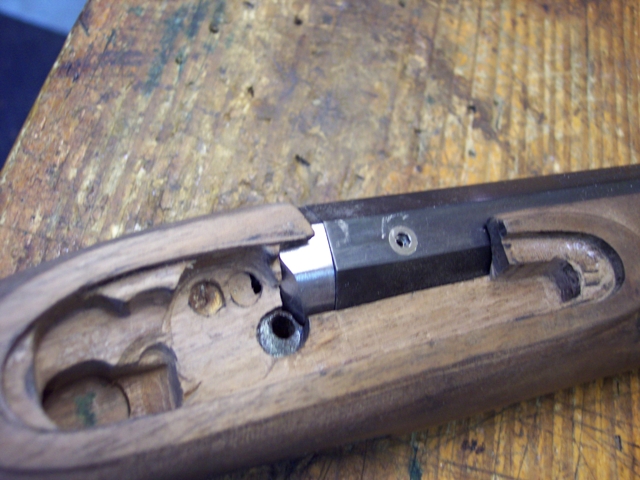The last kits I did was before I joined the army in 1978. So, it has been a few years. For a starter first kit to get going again, am looking at the Traditions Kentucky flintlock kit. I've done little craftsman work in the intervening years with most being either in IT or hospital work.
Are there any pitfalls or "gotcha's" that would make this a no-go for a first kit? One thing that has me debating this is that I've read in this forum that the L&R Lock Company's RPL Lock is highly recommended for Traditions kits. Those are $180 for a flintlock. Which is basically 50% of the kit cost which gets into the lipstick on a pig type of deal. Which makes me wonder if just going with a percussion kit initially isn't a better idea.
Would I be better off starting with the percussion rather than a flintlock kit?
I was looking as a 2nd build the Traditions flintlock "Prairie Hawken Rifle Kit".
Then; get the L&R RPL Flint Lock and Davis "Deerslayer" Trigger for that one.
Regards,
PS.
Kudo's to all on this forum for:
A) pointing out the obvious that the brass can be darkened so that the joint doesn't glare and
B) use Birchwood Casey alcohol based stains instead of MinWax.
Are there any pitfalls or "gotcha's" that would make this a no-go for a first kit? One thing that has me debating this is that I've read in this forum that the L&R Lock Company's RPL Lock is highly recommended for Traditions kits. Those are $180 for a flintlock. Which is basically 50% of the kit cost which gets into the lipstick on a pig type of deal. Which makes me wonder if just going with a percussion kit initially isn't a better idea.
Would I be better off starting with the percussion rather than a flintlock kit?
I was looking as a 2nd build the Traditions flintlock "Prairie Hawken Rifle Kit".
Then; get the L&R RPL Flint Lock and Davis "Deerslayer" Trigger for that one.
Regards,
PS.
Kudo's to all on this forum for:
A) pointing out the obvious that the brass can be darkened so that the joint doesn't glare and
B) use Birchwood Casey alcohol based stains instead of MinWax.






